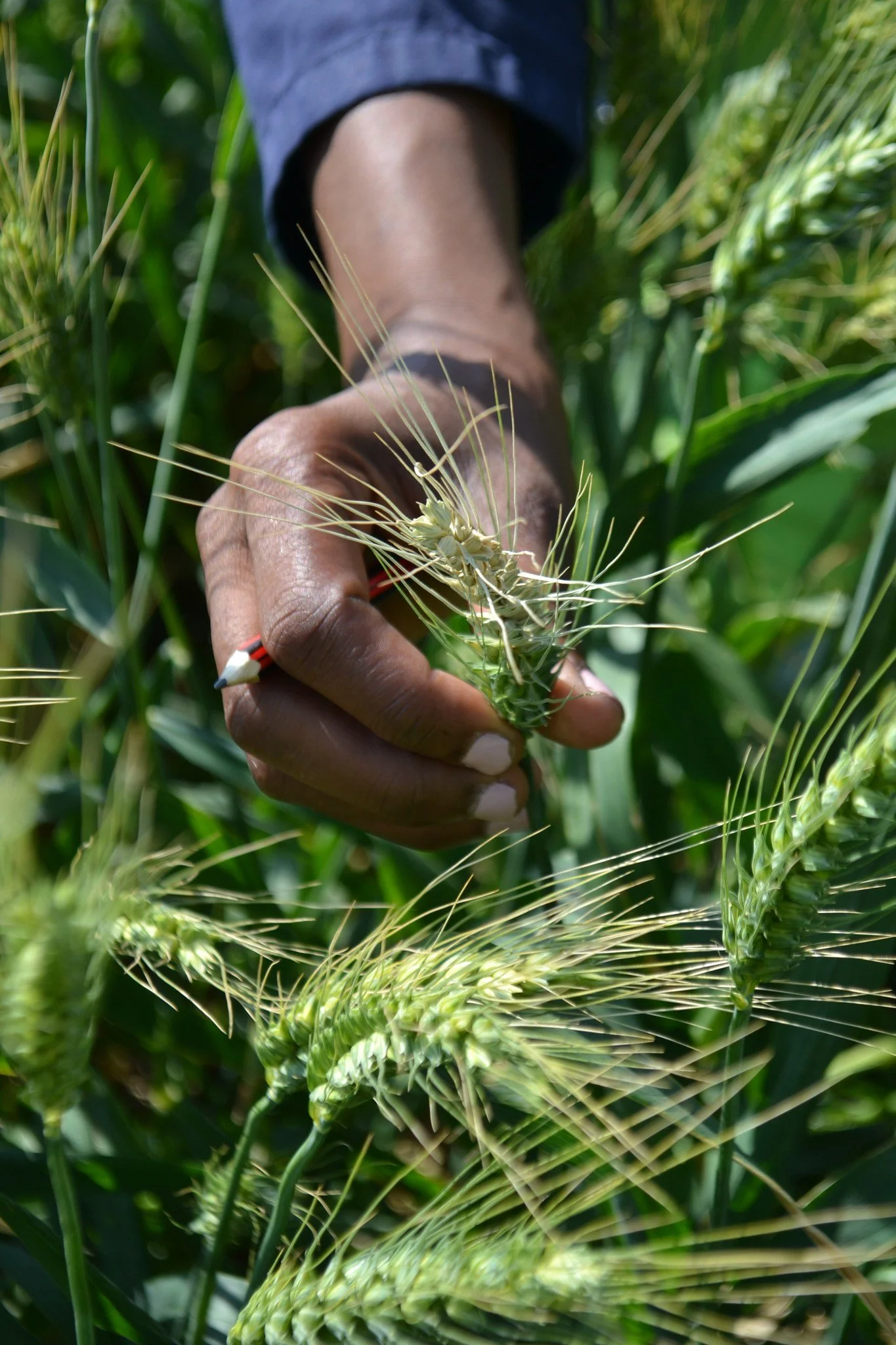Rain-Fed Wheat, Bringing Self-Sufficiency
Zambia’s journey toward agricultural self-sufficiency continues to gain momentum, this time through renewed focus on rain-fed wheat production. The initiative, spearheaded by the Zambia Agriculture Research Institute (ZARI) under the Ministry of Agriculture, and supported through the Presidential Delivery Unit (PDU), is bringing rainfed wheat farming closer to smallholder farmers who form the backbone of rural food production.
In the 2024/2025 farming season, Zambia took a major step forward by distributing 1,011 kilograms of newly released rain-fed wheat seed varieties, Tyetye and Mpheta, to 161 smallholder farmers across seven provinces. The seed was distributed as demonstration packs to help farmers test and adopt the new crop varieties suited for non-irrigated conditions.
The initiative aims to help Zambia reduce its dependency on wheat imports, strengthen household incomes, bring smallholder farmers into wheat production and expand national food security, key pillars under the President’s agricultural production priority to achieve 10 million MT maize, 1 million MT soya beans, and 1 million MT wheat by 2031.
Unlike the irrigated wheat traditionally grown on commercial farms between May and October, rain-fed wheat grows during the main rainy season (November to April) and can thrive with lower production costs. This makes it more accessible to smallholder farmers, particularly those in regions with reliable rainfall patterns.
The two newly released varieties, Tyetye and Mpheta, have shown grain yield potential of 3.3 to 3.4 tonnes per hectare, offering small-scale farmers an affordable entry point into wheat cultivation. These varieties are drought-tolerant, resilient, and suitable for Zambia’s diverse agro-climatic zones.
“By multiplying and distributing these new varieties, we are creating a foundation for inclusive wheat production,” states the Ministry of Agriculture. “Every bag of seed planted by a smallholder farmer represents progress toward self-sufficiency and household income growth.”
To enhance adoption, the Ministry conducted field days in participating districts where over 2,586 farmers attended learning sessions on best practices in wheat cultivation. These gatherings brought together farmers, researchers, and extension officers to share knowledge, observe crop performance, and discuss management techniques.
The enthusiasm was evident; in several provinces, farmers expressed strong interest in acquiring seed for the next season. For many, this was their first hands-on experience with wheat, and the results demonstrated that it can be successfully grown under rain-fed conditions.
Zambia currently imports wheat to meet national consumption, with 100,000 metric tonnes imported in 2024 to address shortfalls. By expanding smallholder production, the government aims to cut import dependency, strengthen the local value chain, and retain more income within the rural economy.
Rain-fed wheat production is therefore not just an agricultural intervention; it is an economic empowerment strategy. By linking research, farmer training, and seed multiplication, the government is creating a system where productivity gains translate into jobs, rural income growth, and food security.
This initiative underscores the President’s vision for inclusive agricultural transformation, where smallholder farmers are key partners in national food production. Through policy direction and institutional coordination across the Ministry of Agriculture, PDU, FRA, and ZARI, the government is steadily building a more diversified and self-reliant agricultural base.
From maize to soya beans and now wheat, Zambia’s fields are becoming the engine of national growth. With continued support and farmer participation, the goal of one million metric tonnes of wheat by 2031 is not a distant dream; it is a future already being planted.
Rain-fed wheat is more than a crop; it is a symbol of empowerment, resilience, and innovation, a story of farmers and policy working together to secure Zambia’s food future.





